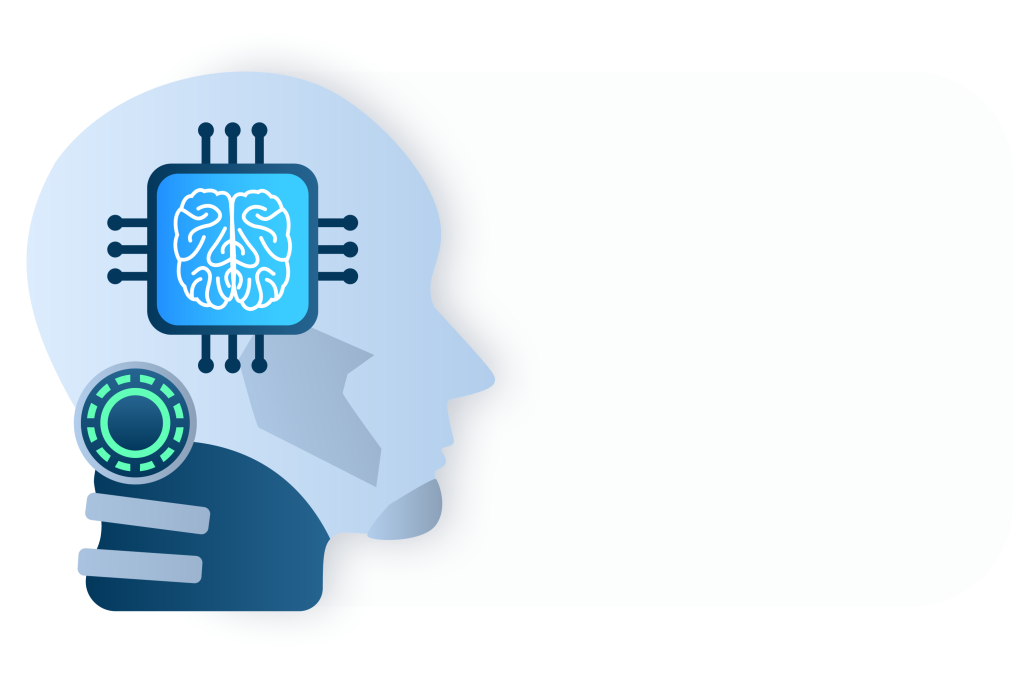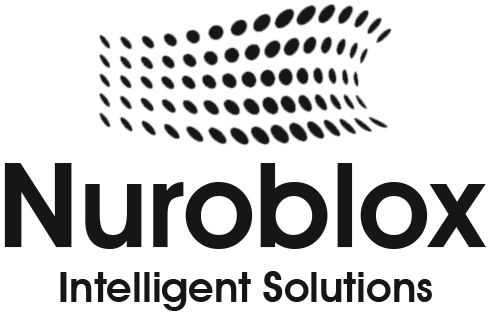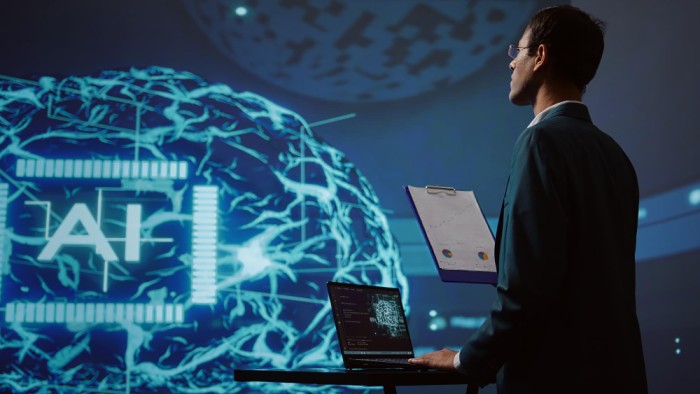AI Orchestration Explained: How It Works and Why It Matters
As organizations accelerate their digital transformation efforts, the complexity of managing AI, automation, and data systems has grown exponentially. Businesses are no longer dealing with a single chatbot or an isolated automation script; they’re handling dozens of tools, models, and workflows that must work in sync to deliver seamless customer experiences and operational efficiency.
This growing complexity has given rise to a powerful concept: AI orchestration.
AI orchestration is the intelligent coordination of various AI systems, data pipelines, and automation tools to execute processes end to end autonomously, efficiently, and at scale. It doesn’t just automate tasks; it makes decisions, adapts in real time, and aligns digital agents to business goals.
In this article, we’ll explore what AI orchestration is, how it works, and why it’s emerging as the backbone of next gen enterprise automation.
What Is AI Orchestration?
AI orchestration is the process of intelligently managing and coordinating multiple AI models, automation tools, and data systems to work together as a unified, goal driven system. Unlike traditional automation that executes predefined tasks, AI orchestration dynamically connects and governs various components such as machine learning models, robotic process automation (RPA), APIs, and decision engines, based on real time context and outcomes.
At its core, AI orchestration acts as the “central brain” that ensures:
- The right task is triggered at the right time
- The correct AI model or automation tool is activated
- Data flows securely and efficiently across systems
- Human input is included when needed (human in the loop)
It brings together disparate capabilities like language understanding, document processing, predictive analytics, and workflow automation into a cohesive digital fabric that can adapt and scale across business processes.
How AI Orchestration Works
AI orchestration works by connecting and coordinating multiple automation components like AI models, bots, APIs, and business rules into a single, cohesive process that can think, adapt, and execute tasks intelligently. Think of it as a digital conductor directing an orchestra of AI tools and systems to work in harmony.
Core Components of AI Orchestration
- Orchestration Engine
The central “brain” that manages workflows, defines logic, and determines which system or model to trigger next. - AI Models
Includes NLP engines, computer vision, predictive analytics, or any custom machine learning model that adds intelligence to decisions. - Automation Tools (e.g., RPA, Scripts)
Used to perform repetitive tasks like data entry, system updates, and form processing. - Data Sources
Pulls data from CRMs, ERPs, documents, emails, or APIs to feed decisions and actions. - APIs and Integrations
Connects different systems, applications, and tools to ensure seamless data flow and task execution. - Human in the Loop
Allows manual review, approval, or feedback at decision points where human judgment is required.
Related Post: How to Implement AI Orchestration for Smarter Workflows
Step by Step Example: AI Orchestration in Action
Let’s say a customer submits a loan application online:
- Data Capture: The form is processed by a computer vision model to extract key details.
- Identity Verification: An AI model verifies the identity using uploaded documents.
- Credit Evaluation: The orchestration engine triggers a credit scoring model via an API.
- Decision Routing: Based on the score, the system either approves, rejects, or escalates the case for human review.
- Bot Execution: If approved, an RPA bot updates internal systems and sends confirmation emails.
All these steps happen seamlessly, without manual intervention, thanks to orchestration.
Why AI Orchestration Matters

As businesses increasingly adopt AI and automation, they face a new challenge: orchestration chaos. Tools are often siloed, decisions are disconnected, and processes break down without centralized control. This is where AI orchestration becomes mission critical.
It’s not just about automating tasks, it’s about coordinating intelligence at scale.
Enables End to End Automation: AI orchestration connects isolated automation islands into a unified process. It coordinates RPA bots, AI models, and data flows from start to finish, reducing handoffs, delays, and errors.
Example: From lead generation to sales follow up to contract signing, everything can run seamlessly with orchestrated AI.
Powers Context Aware Decision Making: With AI orchestration, decisions aren’t static; they adapt in real time using data, user behavior, and predictive models. This allows for intelligent routing, dynamic actions, and hyper personalized customer experiences.
Example: A support ticket is automatically prioritized based on sentiment analysis and customer value.
Drives Agility and Scale: You can launch, adapt, and scale processes quickly without rebuilding from scratch. AI orchestration platforms support modular design and plug and play integrations, helping you stay agile in a changing market.
Breaks Down Silos Between Tools and Teams: AI orchestration acts as the connective tissue between departments, platforms, and workflows. It ensures consistent logic, shared data, and a common layer of control across the business.
Optimizes Human + Machine Collaboration: It allows human intervention at key moments like approvals or exception handling while letting machines handle the heavy lifting. This balance maximizes efficiency without sacrificing quality or oversight.
Ensures Governance and Compliance: Central orchestration improves auditability, access control, and accountability across complex workflows. You can enforce policy rules and maintain compliance while scaling automation.
Key Capabilities of an AI Orchestration Platform
To fully unlock the power of intelligent automation, an AI orchestration platform must go beyond simply connecting tools it needs to coordinate, manage, and optimize AI driven processes from end to end. Below are the essential capabilities that define a modern AI orchestration platform:
1. Centralized Workflow Orchestration
Orchestrate multi step, cross functional workflows by combining AI models, bots, data systems, and human decisions in a single, unified flow.
- Visual drag and drop designers
- Conditional logic, triggers, and process dependencies
- Real time process tracking and control
2. AI Model Integration
Easily connect and control multiple AI models from language processing to predictive analytics across different stages of a process.
- Prebuilt integrations with OpenAI, Google, AWS, and custom ML models
- Seamless decision point automation using AI predictions
- Intelligent routing based on AI output
3. Plug and Play System Integration
Connect with enterprise systems, databases, SaaS apps, and cloud services through APIs or pre-built connectors.
- CRM, ERP, HRMS, and core business app integration
- REST/SOAP APIs, webhooks, and event driven triggers
- Data transformation and mapping tools
4. Human in the Loop Collaboration
Allow human oversight, approvals, and exception handling where required, without breaking the automated flow.
- Task assignment, approval queues, and notification alerts
- Role based dashboards for visibility and control
- Transparent audit trails of decisions
5. Process Analytics & Optimization
Monitor, measure, and improve orchestration performance with built in analytics.
- KPIs for speed, accuracy, and efficiency
- Bottleneck detection and process mining
- Insights to continuously optimize workflows
6. Security, Governance & Compliance
Maintain trust and compliance through enterprise grade governance capabilities.
- Access control and user management (RBAC)
- End to end encryption and secure data handling
- Compliance with standards like GDPR, HIPAA, SOC 2
7. Scalability & Flexibility
Support both small scale deployments and enterprise wide rollouts with ease.
- Cloud native, on prem, or hybrid deployment
- Microservices architecture for modular scaling
- Dynamic workload balancing and fault tolerance
8. Low-Code/No-Code Configuration
Empower business users to design and modify orchestration logic with minimal IT support.
- Intuitive UI for building workflows
- Reusable components and templates
- Built in testing and debugging tools
An effective AI orchestration platform brings structure, intelligence, and agility to your automation ecosystem, making it easier to scale, manage, and evolve intelligent workflows across the organization.
Challenges and Considerations
While AI orchestration holds immense promise for transforming how businesses operate, implementing it successfully isn’t without its challenges. Understanding these hurdles and how to address them is essential for ensuring long term value and scalability.
1. Integration Complexity
Challenge: Bringing together diverse AI models, legacy systems, APIs, and automation tools can be technically complex and time consuming.
Consideration: Opt for orchestration platforms with prebuilt connectors, modular architecture, and support for industry standard APIs to simplify integration.
2. Data Security & Compliance
Challenge: Orchestrated workflows often involve sensitive data flowing across systems, increasing the risk of data breaches or regulatory violations.
Consideration: Ensure your platform supports encryption, access controls, and compliance with standards like GDPR, HIPAA, and SOC 2.
3. AI Model Governance
Challenge: Managing the lifecycle, performance, and transparency of AI models across multiple workflows can be difficult.
Consideration: Implement model monitoring, auditing tools, and explainability mechanisms to track AI decisions and prevent model drift.
4. Change Management & Skills Gap
Challenge: Teams may lack the expertise to design or manage orchestrated AI workflows, especially in traditional organizations.
Consideration: Invest in training, low code/no code tools, and cross functional collaboration to ease adoption and build internal capabilities.
5. Workflow Complexity & Maintenance
Challenge: As orchestration scales, workflows may become difficult to manage, debug, and optimize.
Consideration: Use modular workflow design, version control, and visual tools to manage complexity and make changes with minimal disruption.
6. Measuring ROI and Impact
Challenge: It’s often hard to quantify the business value of AI orchestration initiatives.
Consideration: Set clear KPIs from the start such as reduced cycle time, error rates, or cost savings and use process analytics to continuously assess impact.
7. Over Automation Risks
Challenge: Not every task should be automated. Over relying on AI or removing human oversight can lead to poor decisions or compliance issues.
Consideration: Design workflows with human in the loop capabilities for review, intervention, and ethical oversight.
In summary, while AI orchestration can unlock smarter workflows and enterprise agility, success depends on thoughtful planning, the right platform, and strong governance. Addressing these challenges early ensures your orchestration efforts deliver both performance and trust at scale.
The Future of AI Orchestration
AI orchestration is still in its early stages, but its role is rapidly expanding as businesses push toward hyper automation and autonomous operations. As AI capabilities evolve and enterprise environments become more complex, orchestration will be the central nervous system connecting everything: data, decisions, humans, and machines.
Here’s what the future holds:
Autonomous Workflows
The next evolution will see AI orchestration platforms enabling fully autonomous operations, where systems can sense, decide, and act without human intervention. This includes continuous learning, self healing workflows, and dynamic decision making based on real time data.
Composable AI Ecosystems
Rather than monolithic systems, future platforms will support composable architectures, letting teams mix and match AI services, automation tools, and APIs like building blocks to quickly design and deploy new processes.
Human + AI Collaboration at Scale
AI orchestration will facilitate more seamless collaboration between human workers and digital agents. With natural language interfaces and explainable AI, humans will guide strategy while AI handles execution.
Integration with Edge and IoT
As IoT and edge computing grow, orchestration platforms will extend beyond the cloud, managing AI at the edge for use cases like smart factories, predictive maintenance, and real time logistics.
Orchestration + AI Governance
With increased AI deployment comes a growing need for transparency and trust. Orchestration will play a central role in governing AI usage, enforcing ethics, ensuring explainability, and maintaining compliance across enterprise processes.
Augmented Decision Making
AI orchestration platforms will shift from executing tasks to advising and enhancing decision making, serving as copilots for employees, suggesting optimal actions, and adapting dynamically to goals and context.
Industry Specific Intelligence
We’ll see more orchestration platforms offering domain specific AI capabilities, such as healthcare focused workflows, financial compliance logic, or retail demand prediction engines, accelerating time to value.
AI Native Organizations
Ultimately, AI orchestration will be foundational to the rise of AI native enterprises that are data driven, fully digital, and continuously learning across every function.
In short, AI orchestration isn’t just a technology trend, it’s a strategic shift that will define how businesses operate, innovate, and compete in the years ahead.
Conclusion
AI orchestration is quickly becoming a cornerstone of intelligent business operations. As organizations adopt more AI tools, automation solutions, and data driven decision making, the need to coordinate these elements into cohesive, efficient workflows becomes critical.
By intelligently managing tasks, connecting systems, and blending human and machine input, AI orchestration ensures that businesses move from fragmented automation to truly adaptive, scalable, and strategic operations.
Whether you’re aiming to streamline processes, improve agility, or build an AI native enterprise, investing in orchestration is no longer optional; it’s essential for unlocking the full potential of artificial intelligence.
The future belongs to organizations that can orchestrate, not just automate.


